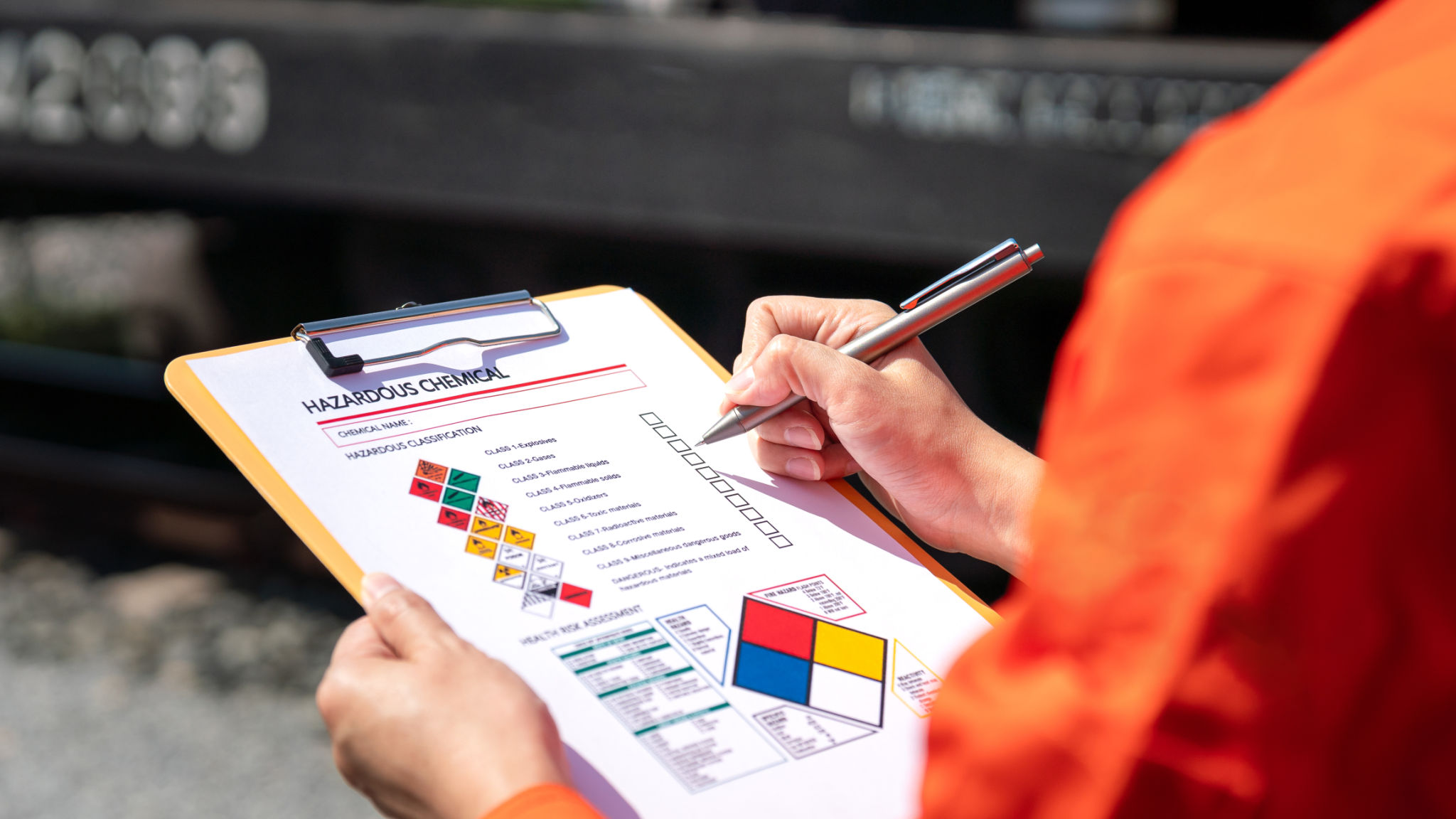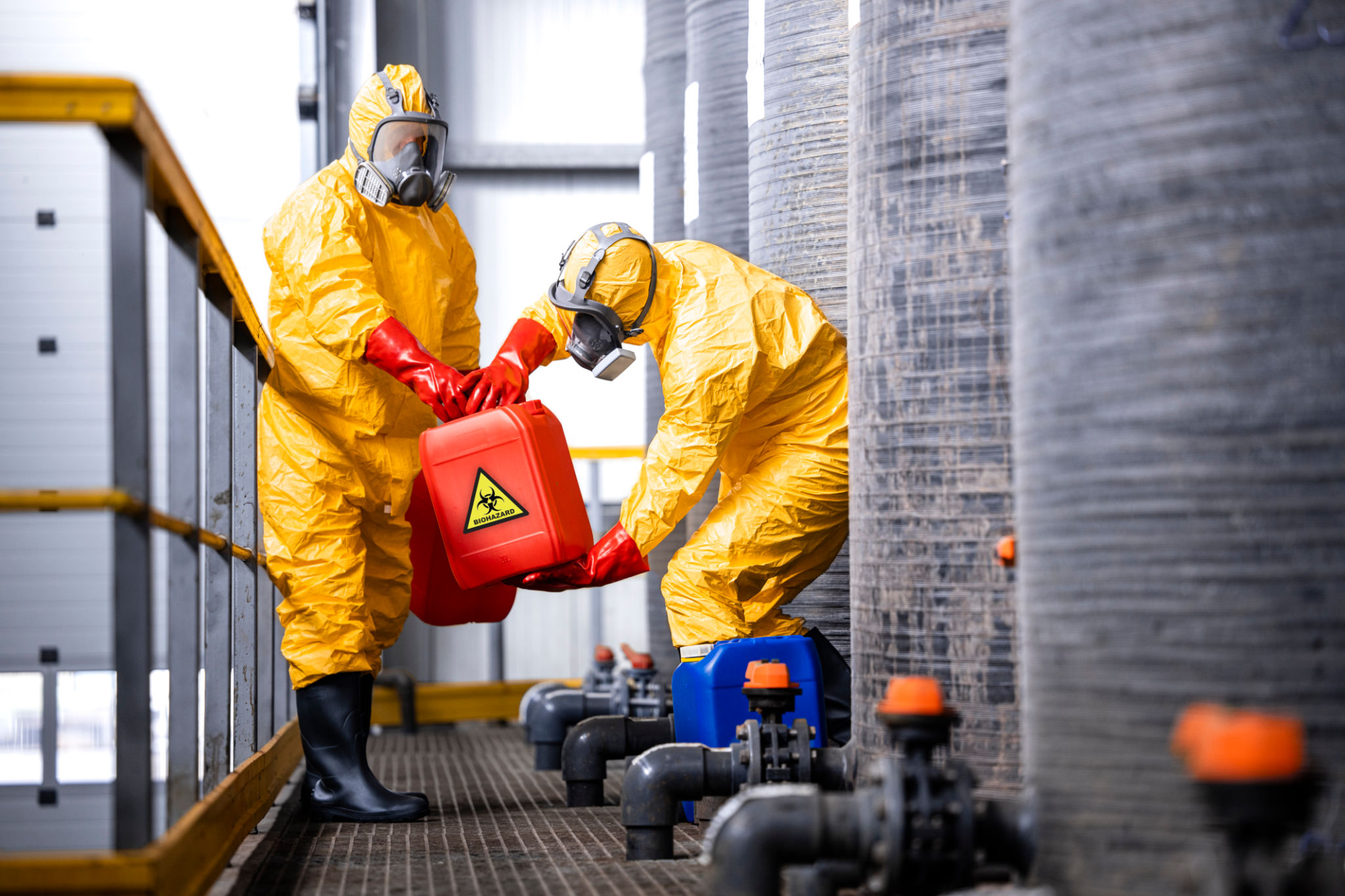The Ultimate Guide to London Hazardous Waste Removal
Understanding Hazardous Waste
Hazardous waste is any waste that poses substantial or potential threats to public health or the environment. This category includes a wide range of materials, from industrial chemicals to electronic waste. In London, the removal and disposal of hazardous waste are governed by strict regulations to ensure safety and environmental protection.

Proper handling and disposal of hazardous waste are crucial to preventing contamination of air, water, and soil. Businesses and individuals must be aware of the types of waste they generate and ensure they are disposed of legally and safely. Failure to comply with regulations can result in severe fines and environmental damage.
Types of Hazardous Waste
Understanding what constitutes hazardous waste is the first step in its proper disposal. Common types include:
- Chemical waste, such as solvents and acids
- Electronic waste, like old computers and mobile phones
- Medical waste, including syringes and pharmaceuticals
- Paints and coatings
- Batteries and other heavy metal-containing items
Each type requires specific handling procedures to mitigate risks associated with their disposal.

Regulations Governing Hazardous Waste in London
The UK has stringent regulations for hazardous waste removal, primarily governed by the Environmental Protection Act 1990 and the Hazardous Waste Regulations 2005. Compliance with these laws is essential for all businesses and individuals handling hazardous materials.
Key points include the requirement for businesses to register as a hazardous waste producer if they produce more than 500kg of hazardous waste per year. Additionally, all parties must use licensed carriers for transport and ensure proper documentation accompanies each transfer of waste.
Steps for Safe Hazardous Waste Removal
Removing hazardous waste safely involves several critical steps:
- Identification: Determine if the material is hazardous.
- Segregation: Separate hazardous waste from non-hazardous waste.
- Storage: Store waste in appropriate containers to prevent leaks or spills.
- Labeling: Clearly label all waste containers with their contents and hazards.
- Transportation: Use licensed carriers to transport waste to disposal facilities.

Following these steps ensures compliance with regulations and promotes safety for workers, the public, and the environment.
Selecting a Hazardous Waste Removal Service
Choosing the right service for hazardous waste removal is crucial. Look for providers with proper licenses, experience in handling specific types of waste, and a track record of compliance with legal standards. A reliable service will offer comprehensive solutions, including collection, transportation, and disposal according to regulations.
An expert service will also provide advice on minimizing waste production and improving waste management practices within your organization.
Conclusion: Commitment to Safety and Environment
The safe removal of hazardous waste is not only a legal obligation but also a moral one. Protecting the environment and public health should be a priority for everyone involved in generating or handling such materials. By understanding the regulations, identifying your needs, and selecting a professional service, you can ensure that your hazardous waste is managed responsibly.
Embrace sustainable practices and contribute positively to London’s environmental health by taking proactive steps in hazardous waste management.